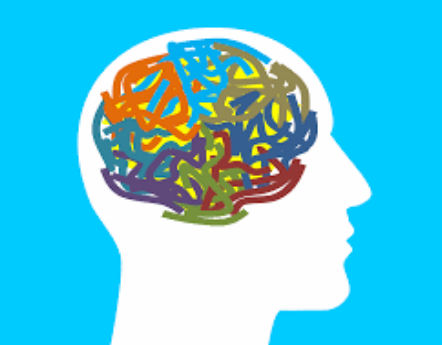

This article is an excerpt from the Shortform book guide to "The Happiness Advantage" by Shawn Achor. Shortform has the world's best summaries and analyses of books you should be reading.
Like this article? Sign up for a free trial here .
What is the neuroplasticity of the brain? How can understanding this concept help you become happier?
In recent history, scientists have discovered the neuroplasticity of the brain. This is the idea that our brains change and grow throughout our lives. In The Happiness Advantage, Shawn Achor shows that we can use this concept to become happier and more positive.
Here’s more about the neuroplasticity of the brain and how it relates to happiness.
The Neuroplasticity of the Brain and Happiness
If happiness correlates with success, what does that mean for people who simply are not wired to be happy? It turns out, anyone can change their thinking and behavior with some practice, despite the fact that people tend to overestimate the extent to which biology is fixed. Indeed, for most of the 20th century, the scientific community broadly believed that human brains only grow from birth through adolescence, after which the brain’s capacity is fixed. But over time, new studies started to challenge that assumption.
During the last several decades, scientists have discovered a concept called neuroplasticity of the brain, which means that your brain continues to grow and change throughout life. One experiment revealed that the brains of London cab drivers actually grew in a way that reflected their special skill sets, proving the existence of neuroplasticity of the brain. London’s streets are difficult to navigate because they’re not based on a grid system, as other big cities are, so cab drivers develop an intricate mental map of the city. Researchers discovered that the part of the brain in charge of this mental map—the hippocampus, which manages spatial memory—was significantly larger among cabbies than average people.
In another experiment about neuroplasticity of the brain, a man who had become blind as a teenager developed greater sensitivity and sophistication in his braille-reading finger than the average person would have in her index finger. As evidence of this, when scientists probed his braille-reading finger, it activated a much larger area of the brain than when they did the same on another finger.
In The Happiness Advantage, Shawn Achor applies the principles of neuroplasticity of the brain to happiness, showing that anyone’s brain can be rewired for happiness.

———End of Preview———
Like what you just read? Read the rest of the world's best book summary and analysis of Shawn Achor's "The Happiness Advantage" at Shortform .
Here's what you'll find in our full The Happiness Advantage summary :
- How happiness isn’t the result of success, it’s the cause of it
- The benefits of happiness—from increased creativity to improved health
- Strategies for adopting a positive mindset and raising your happiness baseline






